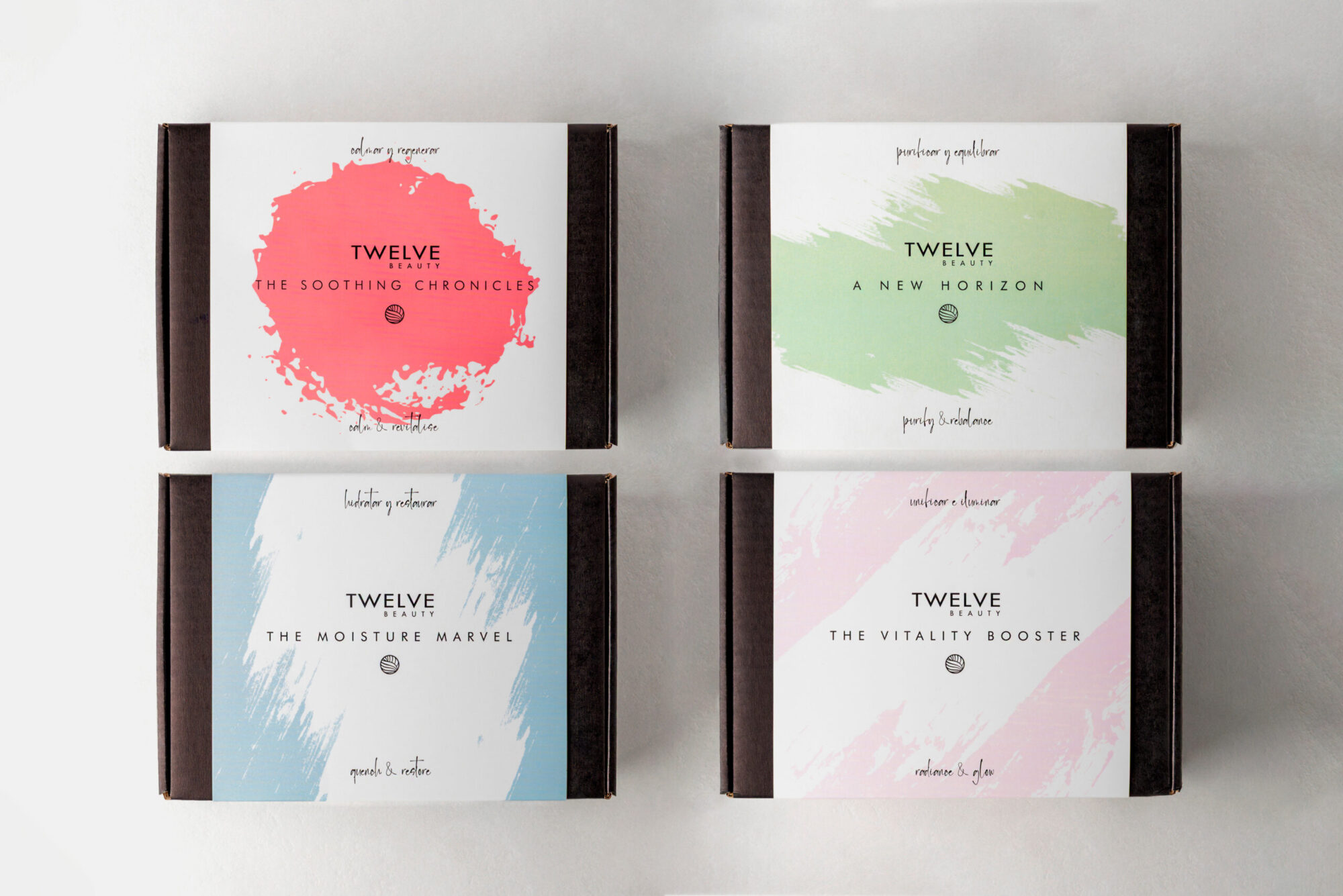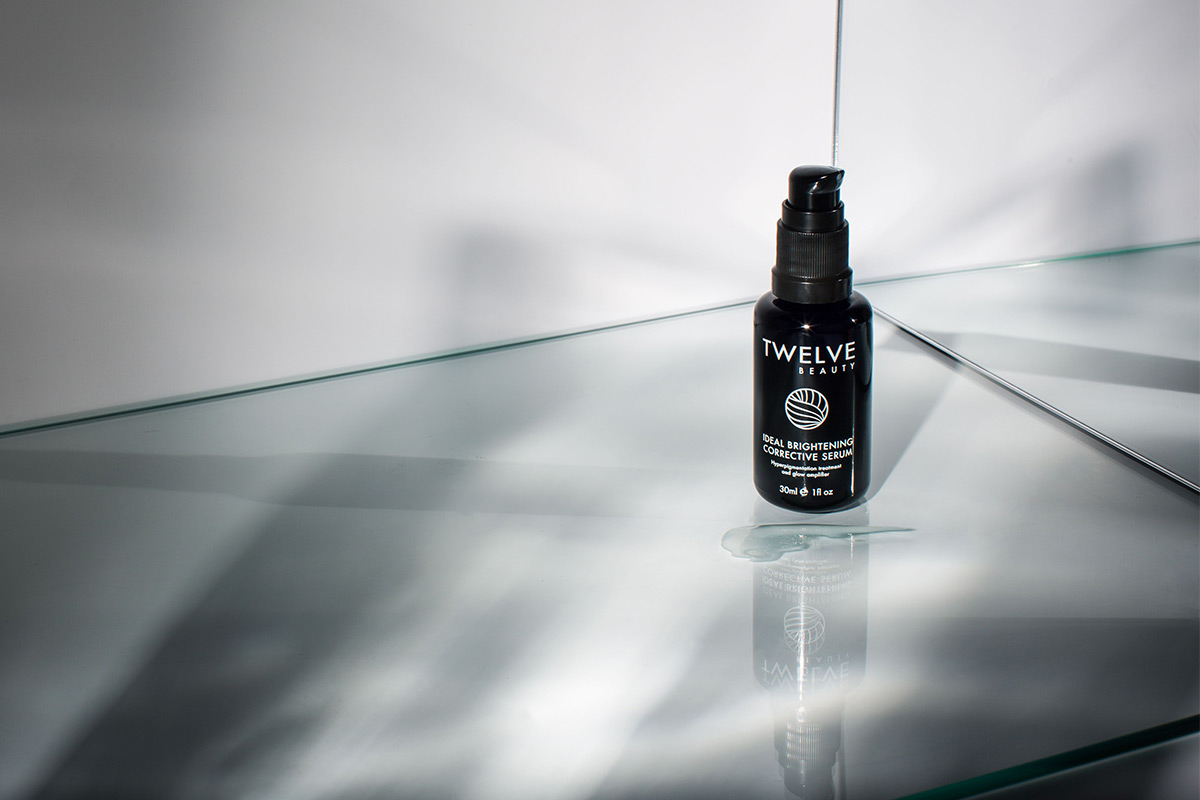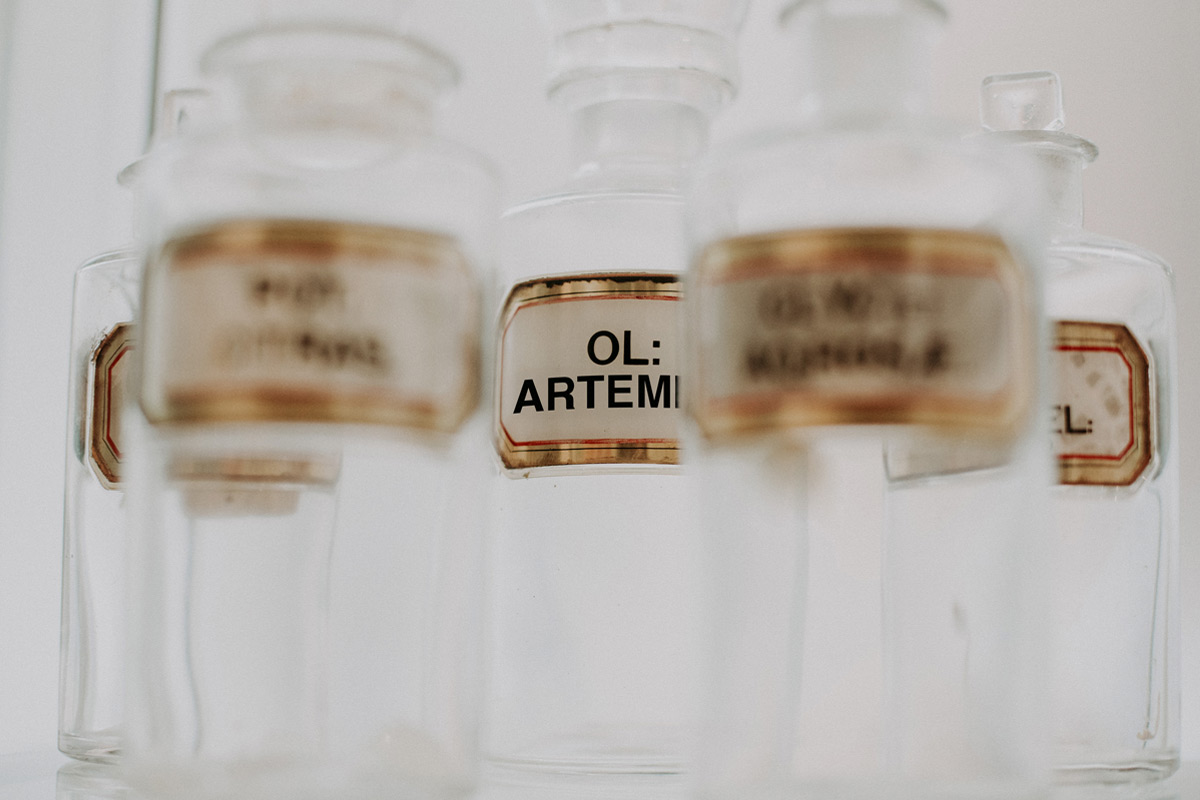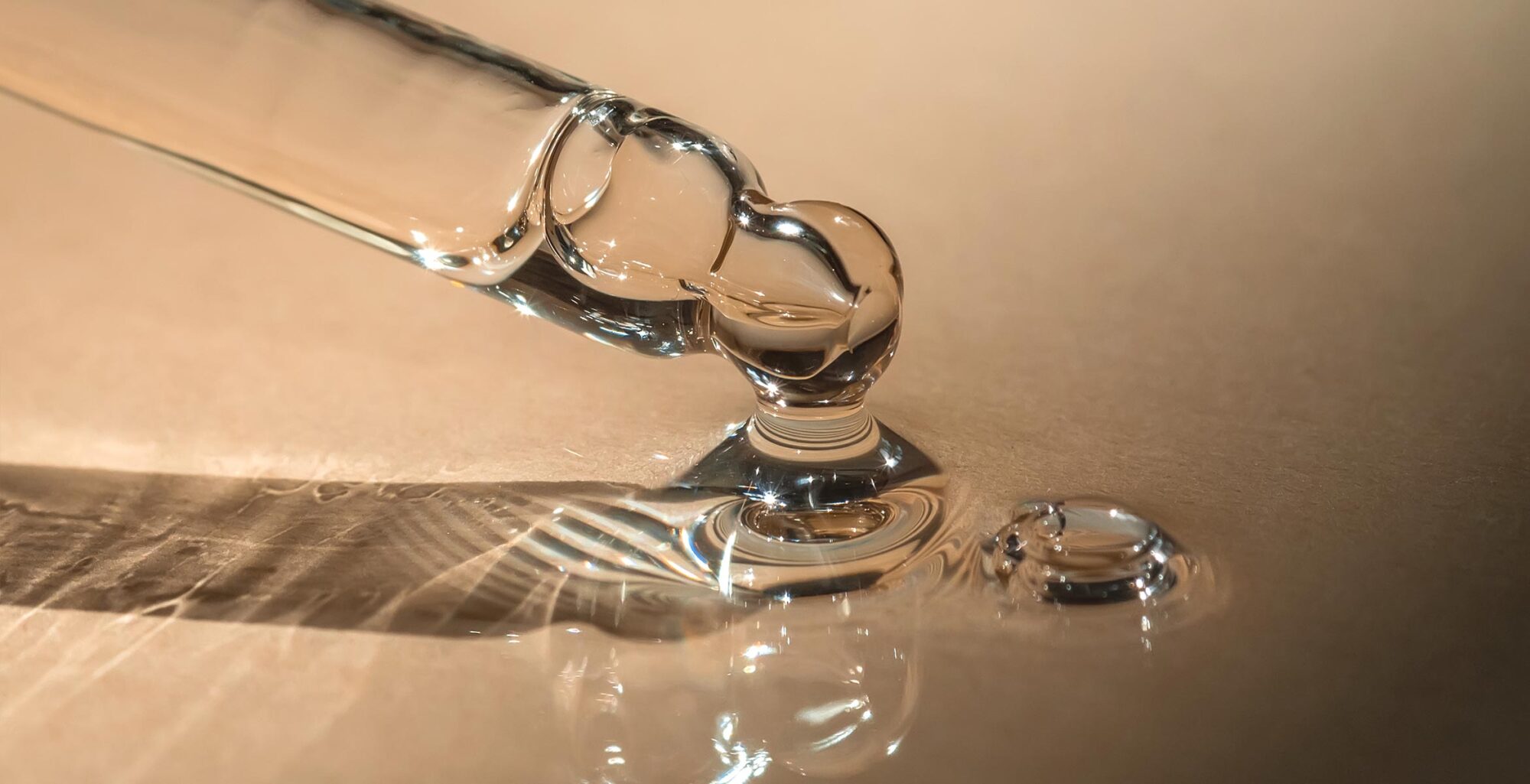How to Combine Skincare Actives: Ingredients That Work Together (& Those That Don’t)

Whether you’re a seasoned pro or a beauty newbie, learning how to layer your products can be overwhelming. Understanding skincare actives – the powerhouses within your favourite formulas – is the key to unlocking a healthy complexion. This guide will delve into the extensive world of active ingredients, exploring their interactions and how to combine them for a glowing complexion.
Why Understanding Ingredients Matters
Navigating the world of skincare actives can be tricky. Products boast a complex blend of ingredients, some of which can interact poorly. Imagine applying a cream that triggers irritation or redness – not exactly the result you were hoping for! Understanding the different ingredient types – humectants, antioxidants, skin brighteners, and more – empowers you to make informed choices. This knowledge is key to crafting a personalised routine that delivers the desired results without causing unwanted side effects.
Ingredients in Skincare Products
Here’s a breakdown of some of the main ingredient types commonly found in beauty formulas:
- Skincare Actives: Key players that target specific skin issues like wrinkles, acne, or hyperpigmentation. Examples include retinol, vitamin C, and AHAs.
- Humectants: These ingredients attract moisture to the skin, keeping it hydrated. Hyaluronic acid and Sodium PCA are common humectants.
- Anti-Ageing Ingredients: These help fight the signs of ageing by stimulating collagen production and firming the skin. Peptides are well-known anti-ageing agents.
- Antioxidants: These protect the skin from free radical damage, promoting a healthy glow. Artemisia umbelliformis and vitamin E are popular antioxidants.
- Skin Brightening Agents: These even out skin tone and address hyperpigmentation. Vitamin C, yarrow extract, and peppermint extract are effective brighteners.
- Surfactants: These cleanse the skin by lifting dirt and oil. Be cautious, as some can be drying for your skin type.
- Emulsifiers: They combine water and oil-based ingredients into a smooth, cohesive product.
- Preservatives: Prevent bacteria growth and extend the shelf life of skincare products.
- Emollients: Soften and smooth the skin, providing a silky texture. Jojoba oil and shea butter are common emollients.
- Solvents: These dissolve other ingredients, ensuring a uniform product.
- Fragrances: These add pleasant scents to products but can irritate sensitive skin if used in high concentration.

Which Skincare Actives Play Nice Together?
Now comes the hard part – combining skincare actives for a targeted approach. Here’s a breakdown of some popular ingredients and their compatible partners:
– Retinol: This powerhouse tackles wrinkles and acne. However, it can be drying and irritating.
Do mix with super hydrating ingredients like hyaluronic acid, but also niacinamide, and ceramides.
Avoid mixing with benzoyl peroxide, AHAs/BHAs, or salicylic acid, and physical scrubs as they can further aggravate the skin.
– Vitamin C: A true brightening hero, vitamin C fights hyperpigmentation and boosts collagen production. While powerful, it can be unstable.
Do mix with vitamin E, glutathione, hydrating ingredients like saccharide isomerate, and a layer of SPF.
Avoid mixing with AHAs/BHAs can irritate the skin or benzoyl peroxide, as they can deactivate vitamin C. If you use retinol in your routine, avoid using them together, keep them separate.
– AHAs/BHAs: These chemical exfoliants remove dead skin cells, revealing a smoother, brighter complexion. They can, however, make skin more sensitive.
Do mix with moisturising ingredients, unsaponifiable oils, and a layer of SPF.
Avoid mixing with retinol, vitamin C, or niacinamide at the same time, as this can lead to excessive irritation.
– Niacinamide: This multi-tasking wonder reduces redness, minimises pores, and brightens dull skin. It’s generally well-tolerated by most skin types.
Do mix with retinol, hyaluronic acids, and ceramides.
Can I Use Niacinamide and Vitamin C Together?
There is conflicting information about using these two ingredients together. We believe in using them for their multiple benefits but at different times throughout the day since they have different pH. Some studies show benefits when combined so it depends on your skin type and the product formulation. Start slowly and patch test to see how your skin reacts. You might need to avoid this pairing altogether if you have sensitive skin.

Can AHAs and BHAs Be Used Together?
AHAs (alpha hydroxy acids) and BHAs (beta hydroxy acids) are powerful exfoliants and their combined use requires a strategic approach. Here’s what you need to know:
- AHAs: Derived from fruits and milk, AHAs work on the skin’s surface, dissolving dead skin cells and promoting cell turnover. They’re excellent for dry, mature, or sensitive skin types. They are water-soluble. Common AHAs include:
- Glycolic Acid: Known for its anti-ageing properties, it stimulates collagen production for smoother skin.
- Lactic Acid: Gentler than glycolic acid, it hydrates and exfoliates, making it suitable for sensitive skin.
- Mandelic Acid: Ideal for brightening dull skin and tackling hyperpigmentation, it has a larger molecule size, making it less harsh as it doesn’t penetrate so deeply into the skin.
- BHAs: Derived from willow bark, BHAs penetrate deeper into pores, unclogging them and reducing breakouts. They are oil soluble. They’re a perfect choice for oily or acne-prone skin. The most common BHA is:
- Salicylic Acid: It reduces acne by exfoliating and removing dirt from pores. It also has anti-inflammatory properties.
Using AHAs and BHAs Together: While possible, we recommend doing so with caution. Initial flaking is common. Here are some tips:
- Start slow: Introduce one acid at a time, gradually increasing frequency if your skin tolerates it well.
- Alternate them: Choose which one you want to start with at the beginning of the week, and swap daily.
- Patch test: Apply a small amount of product to your inner arm and wait 24 hours to check for irritation.
- Listen to your skin: If you experience excessive dryness, redness, or burning, stop using the products immediately.
- Hydrate generously: Use a gentle moisturiser to replenish your skin’s natural barrier.
- SPF is non-negotiable: Both AHAs and BHAs increase sun sensitivity, so a daily SPF 30 or higher is must.

Layering Like a Pro: The Importance of Application Order
Now that you understand which skincare actives play nice together, let’s recap on application order for your best skin yet:
- Start with the Thinnest Consistency: Apply water-based serums and treatments first, as they penetrate the skin more effectively.
- Oil-Based After Water-Based: Follow with thicker, oil-based products like moisturisers and creams. This helps trap the water-based products and prevent them from evaporating.
- Mindful of Ingredient Interactions: Avoid layering actives that can deactivate or irritate each other. Refer to the compatibility section for guidance.
- Complementary Ingredients: When layering actives, choose products with complementary ingredients to enhance their benefits. For instance, pair a retinol serum with a moisturiser containing rich plant-based oils to soothe potential dryness.
- Don’t Forget Your Eyes: The delicate eye area requires a gentler touch. Opt for specialised eye creams formulated for this sensitive zone. (Our favourite is peptide-rich, Rapid Eye Treatment)
- Sunscreen as the Final Layer: Regardless of your routine, SPF is non-negotiable. Apply a broad-spectrum sunscreen every day, even when it’s cloudy. (If you’re a fan of our self-tanner, Glow Island, remember that this is applied after your SPF.)
Alternatives for Sensitive Skin
If you have sensitive skin or want to avoid the possible side effects of retinol, vitamin C, or AHAs/BHAs, here are some worthy contenders:
- Natural Retinol Alternatives: Plant extracts like Bidens Pilosa offer a gentler approach to achieving similar results as retinol, without the harsh side effects. (Find it in Plant Perfection Gel Serum)
- Brightening Alternatives: Opt for organic serums with botanical ingredients that address hyperpigmentation and dullness. A non-photosensitive option is Ideal Brightening Corrective Serum. Moreover, it’s also suitable for use during pregnancy and breastfeeding.
- Exfoliation Alternatives: For a gentler approach to exfoliation, consider clay masks or a charcoal-based cleanser that helps to decongest pores without stripping the skin. (We recommend Charcoal Peace Calming Cleanser or our iconic The London Mask).
As always, a consistent yet gentle skincare routine is the key to achieving a healthy, glowing complexion. Don’t overwhelm your skin by introducing too many skincare actives at once. Listen to your skin’s response and adjust your routine accordingly. This guide serves as a starting point but consider consulting one of our team for personalised recommendations based on your unique skin concerns.












